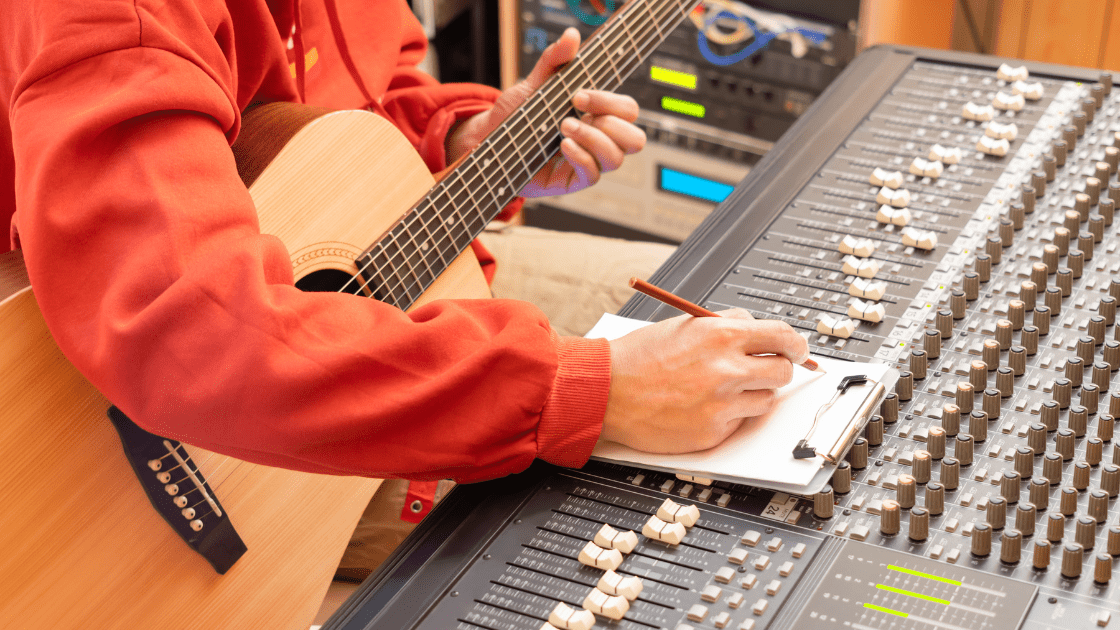Music is a universal language that connects people across cultures and generations. Whether you’re looking to impress friends at a party, fulfill a lifelong dream, or simply enjoy the therapeutic benefits of playing music, learning an instrument is a fantastic choice. However, the thought of mastering an instrument might feel daunting, especially if you’re a beginner. The good news? Many easy-to-learn instruments make the journey fun and achievable.
In this guide, we’ll explore some of the easiest instruments to learn. From their accessibility to the skills they help develop, this comprehensive blog will help you pick the perfect musical companion.
Why Choose Easy-to-Learn Instruments?
If you’re a beginner, starting with an easy-to-learn instrument offers several advantages:
- Quick Rewards: Master simple songs quickly, keeping you motivated.
- Low Cost: Most beginner-friendly instruments are affordable.
- Flexibility: Enjoy portability and versatility in various musical settings.
- Foundational Skills: Learn basics like rhythm, melody, and harmony.
Let’s dive into some of the easiest instruments to learn for beginners!
The Ukulele: The Friendliest String Instrument
The ukulele is often at the top of the list for easy-to-learn instruments. Originating from Hawaii, this small, four-stringed instrument has a cheerful tone and simple design.
Why it’s Easy:
- Fewer Strings: Unlike a guitar, the ukulele has only four strings, making chords simpler to learn.
- Compact Design: Its small size makes it easy to handle for both kids and adults.
- Accessible Chords: You can play many songs with just a few basic chords.
Learning Tip: Start with songs like “Somewhere Over the Rainbow” to practice transitions between common chords like C, G, Am, and F.
The Keyboard: A Versatile Choice
The keyboard is an excellent gateway into music, offering visual clarity of notes and chords. It’s ideal for beginners who want to understand music theory while learning to play melodies and harmonies.
Why it’s Easy:
- Linear Layout: Keys are arranged in a straightforward sequence, making it easy to grasp scales and intervals.
- Digital Options: Modern keyboards often include tutorial modes, built-in songs, and adjustable tempos.
- Multi-Genre Use: From classical to pop, keyboards are used in virtually every music genre.
Learning Tip: Start with simple songs like “Twinkle, Twinkle, Little Star” to get comfortable with finger placement.
The Harmonica: Small But Mighty
The harmonica might surprise you as one of the easiest instruments to learn. This compact instrument is perfect for playing blues, folk, or even classical music.
Why it’s Easy:
- Portable: Carry it anywhere in your pocket.
- No Note Memorization: Blow or draw to produce pleasing sounds without needing precise finger placement.
- Affordable: A good-quality harmonica is inexpensive and lasts for years.
Learning Tip: Practice bending notes for expressive playing, starting with a 10-hole diatonic harmonica.
The Bongos: Rhythmic Fun for Everyone
Bongos are an excellent introduction to percussion instruments. These small hand drums are easy to learn, highly portable, and provide a fun way to explore rhythms.
Why it’s Easy:
- Intuitive Playing: Simply tap the drumheads with your hands to create rhythms.
- No Tuning Needed: Unlike many other instruments, bongos don’t require much setup.
- Great for Coordination: Improves hand-eye coordination and timing.
Learning Tip: Begin with basic beats like the martillo pattern, often used in Latin music.
The Recorder: A School Classic
The recorder is a popular instrument for young learners, but it’s also an excellent choice for adult beginners. Its simple design and low cost make it accessible to everyone.
Why it’s Easy:
- Simple Fingering System: Ideal for playing melodies and scales.
- Lightweight: Easy to hold and manage for extended practice sessions.
- Widely Taught: Tons of beginner tutorials and sheet music are available.
Learning Tip: Practice with nursery rhymes like “Hot Cross Buns” to build confidence.
The Cajón: A Portable Drum Kit
The cajón is a box-shaped percussion instrument played by sitting on it and striking its surfaces. It’s widely used in acoustic and flamenco music.
Why it’s Easy:
- Simple Design: No complicated assembly or tuning required.
- Versatile: Acts as a drum kit, with high and low tones achievable.
- Full-Body Engagement: Involves hands, fingers, and body coordination.
Learning Tip: Experiment with different striking techniques to mimic snare drum and bass drum sounds.
The Guitar: Easier Than You Think
While the guitar may seem intimidating, starting with a beginner-friendly acoustic or classical model makes it manageable. Once you learn a few chords, the possibilities are endless!
Why it’s Easy:
- Massive Resources: Online tutorials, chord charts, and beginner books abound.
- Beginner-Friendly Strings: Opt for nylon strings to reduce finger discomfort.
- Cultural Relevance: Play everything from folk to pop songs.
Learning Tip: Focus on easy chord progressions like G, C, D, and Em, which form the foundation of many popular songs.
The Djembe: Feel the Beat
The djembe is a traditional African drum known for its rich, vibrant tones. It’s a fantastic choice for anyone looking to explore rhythm and world music.
Why it’s Easy:
- No Musical Background Needed: Produces great sounds with minimal effort.
- Group Play: Often played in drum circles, making it a social experience.
- Therapeutic: The physicality of playing is excellent for stress relief.
Learning Tip: Join a drum circle or watch online tutorials to learn common djembe patterns.
Benefits of Learning Easy Instruments
- Boosts Confidence: Success with simple instruments inspires you to tackle more complex ones.
- Improves Cognitive Skills: Enhances memory, concentration, and coordination.
- Reduces Stress: Playing music is a proven way to relax and unwind.
- Encourages Social Connections: Share your music with friends, family, or fellow enthusiasts.
Conclusion:
Choosing an easy-to-learn instrument can make your musical journey enjoyable and stress-free. Whether you’re drawn to the cheerful ukulele, the versatile keyboard, or the rhythmic bongos, there’s something for everyone. Remember, the key to success is consistent practice and a willingness to have fun.
Related Articles:
For further reading, explore these related articles:
- Guitar-Like Instruments – A Beginner-Friendly Guide
- Mini Musical Instruments: A Comprehensive Guide to Tiny Tunes
- Discover the Best Cheap Musical Instruments for Beginners
For additional resources on music marketing and distribution, visit Deliver My Tune.






